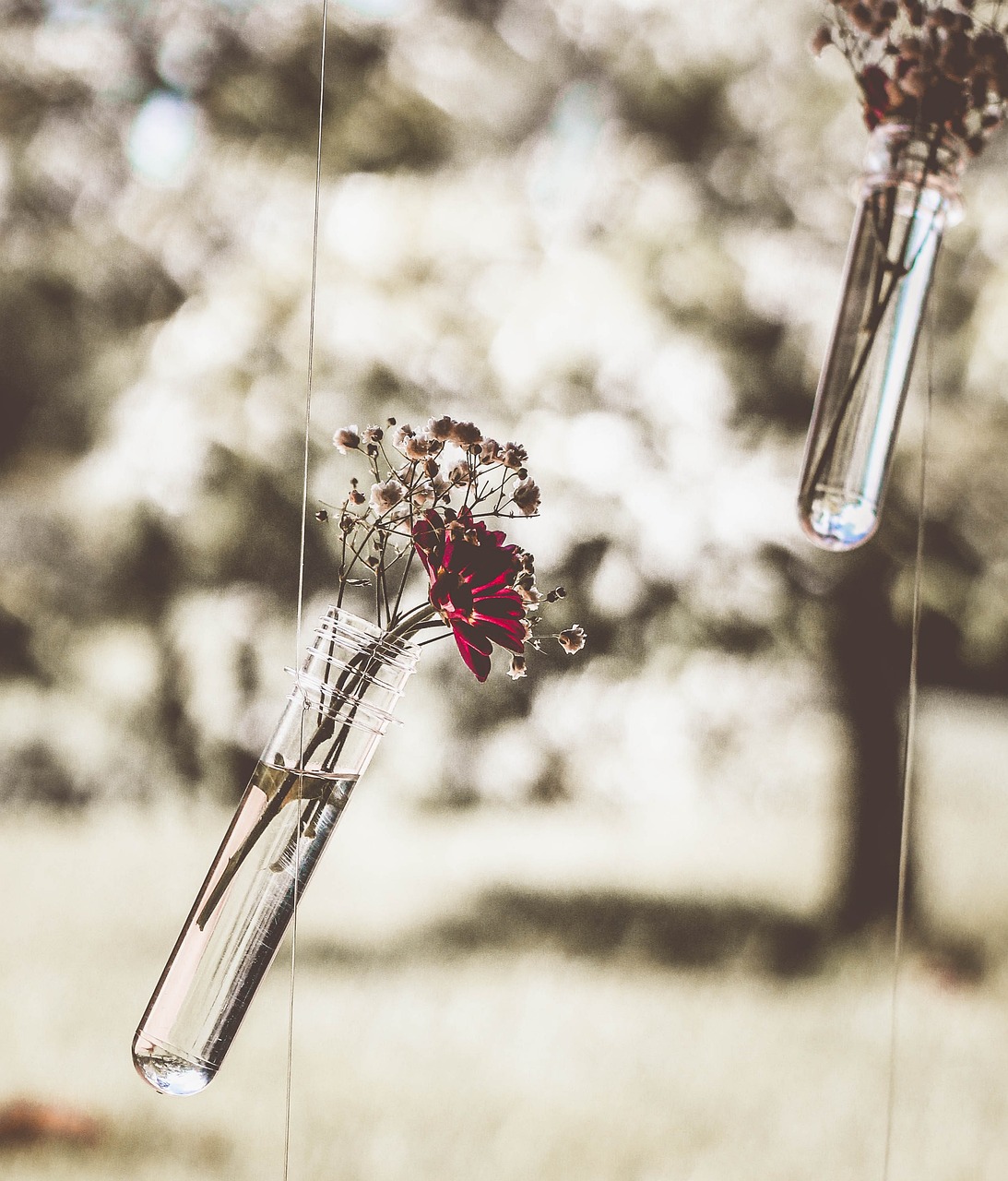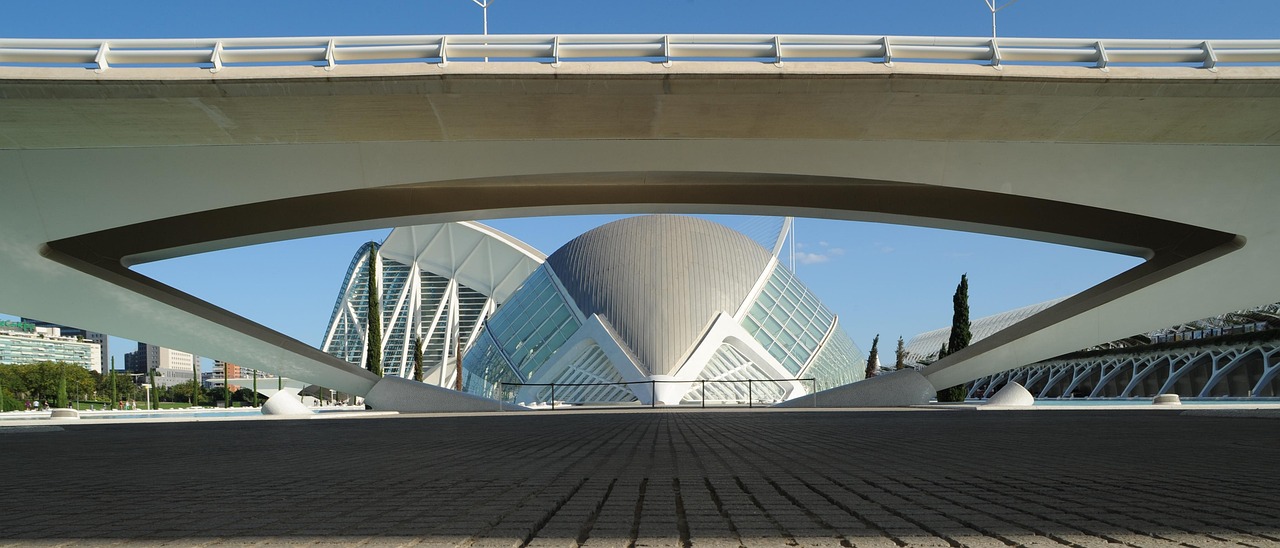"The Splendor of Chinese Clothing Culture: A Journey Through Time" explores the rich history and evolution of Chinese clothing. This comprehensive overview delves into the diverse styles, materials, and significance of traditional Chinese attire, highlighting its cultural and historical importance. From the elaborate robes of emperors to the practical garments of commoners, the journey spans centuries, showcasing the intricate craftsmanship and symbolism embedded in each era's attire. The book also examines how clothing has been a reflection of social status, gender roles, and changing societal norms. It's a fascinating dive into the world of Chinese fashion, offering insights into the country's cultural heritage and the enduring influence of its clothing on modern design.
Chinese clothing culture is a rich tapestry woven with threads of history, tradition, and artistry. It is a reflection of the country's diverse ethnic groups, regional characteristics, and the evolution of societal norms. This article aims to explore the splendor of Chinese clothing culture, tracing its development from ancient times to the modern era.
Ancient Dynasties: The Foundations of Chinese Clothing
The roots of Chinese clothing culture can be traced back to the Neolithic period, where simple garments were made from animal skins and plant fibers. As civilization progressed, the Xia, Shang, and Zhou dynasties saw the emergence of silk, which became a symbol of wealth and status. The Zhou dynasty, in particular, established a complex system of rituals and ceremonies, which included specific attire for different social classes and occasions.
During the Han dynasty, the traditional robe, known as the "pao," became the standard attire for both men and women. This period also saw the introduction of the "hanfu," a style of clothing that would influence Chinese fashion for centuries to come. The Tang dynasty is often regarded as the golden age of Chinese clothing, with its extravagant and colorful garments reflecting the prosperity and openness of the era. The "qi pao" or "cheongsam," which would later become iconic, also originated during this time.
Imperial Era: Dynastic Influences on Clothing
The Song, Yuan, Ming, and Qing dynasties each left their mark on Chinese clothing culture. The Song dynasty favored simplicity and functionality, with clothing becoming more practical and less ostentatious. The Yuan dynasty, established by the Mongols, introduced new styles that blended Han Chinese and Mongolian elements. The Ming dynasty saw a revival of traditional Han clothing, with the "hanfu" making a comeback in a more refined form. The Qing dynasty, ruled by the Manchus, imposed the "queue" hairstyle and the "magua" or Manchu jacket on Han Chinese men, while women's clothing became more diverse with the influence of Manchu and Han styles.
Modern Transformation: The Influence of the West
The 19th and 20th centuries brought significant changes to Chinese clothing culture. The Opium Wars and the subsequent influx of Western culture led to the adoption of Western-style clothing among the educated elite. The "zhongshan suit" or "Mao suit," named after Sun Yat-sen, became a symbol of modernity and revolution. For women, the "qipao" evolved into a more fitted and elegant design, becoming a fashion statement in both China and the West.
The Cultural Revolution (1966-1976) saw a drastic shift in clothing, with the government promoting simplicity and uniformity. The "Mao suit" became the standard attire for both men and women, and traditional clothing was discouraged. However, the end of the Cultural Revolution marked a return to diversity in clothing, with people embracing both traditional and modern styles.
Contemporary Chinese Clothing Culture: A Blend of Tradition and Modernity
Today, Chinese clothing culture is a vibrant mix of traditional and contemporary influences. The "hanfu" movement has gained momentum, with young people wearing traditional garments as a form of cultural pride and identity. At the same time, international fashion brands have a strong presence in China, and Chinese designers are making their mark on the global fashion scene.
Cultural festivals and events often feature traditional clothing, and many people choose to wear "hanfu" or other ethnic garments during these celebrations. The "qipao" remains a popular choice for formal occasions, and its modern variations can be seen on the red carpet and at international events.
Ethnic Diversity: A Tapestry of Styles
China is home to 56 ethnic groups, each with its own unique clothing traditions. The Tibetans, for example, wear long robes and colorful sashes, while the Uyghurs are known for their embroidered caps and long, flowing dresses. The Miao people are famous for their intricate silver jewelry and batik-dyed clothing. These diverse styles contribute to the richness of Chinese clothing culture and are celebrated in festivals and cultural events.
The Future of Chinese Clothing Culture
As China continues to grow on the global stage, its clothing culture is also evolving. There is a growing interest in sustainable and eco-friendly fashion, with designers incorporating traditional techniques and materials in innovative ways. At the same time, the digital age has opened up new avenues for the promotion and preservation of traditional clothing, with social media platforms playing a significant role in the revival of "hanfu" and other traditional styles.
In conclusion, Chinese clothing culture is a testament to the country's long history and cultural diversity. From the silks of the Han dynasty to the modern fusion of traditional and Western styles, Chinese clothing has always been a reflection of the times. As China moves forward, its clothing culture will continue to evolve, blending the past with the present to create a unique and dynamic fashion landscape.




 京公网安备11000000000001号
京公网安备11000000000001号 京ICP备18057566号-3
京ICP备18057566号-3